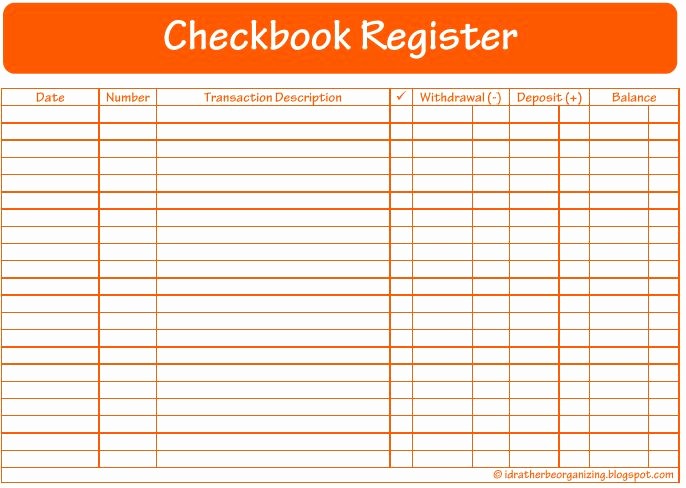

- #CHECKBOOK BALANCE SHEET FOR BANK OF AMERICA LICENSE#
- #CHECKBOOK BALANCE SHEET FOR BANK OF AMERICA FREE#

BorrowingsĪfter deposits, borrowings are the next largest liability on the balance sheet of U.S. banks had $17.18 trillion in overall deposits as of April 12th 2023, with other deposits accounting for 74% of the overall liabilities while large time deposits made up 9%. Large time deposits are defined by the FDIC as time deposits exceeding $100,000, while other deposits include checking accounts, savings accounts, and smaller time deposits. There are two primary types of deposits, large time deposits and other deposits. It’s important to note that the FDIC insures deposit accounts up to $250,000 per depositor, per insured bank, for each type of account (like single accounts, joint accounts, and retirement accounts). Depositsĭeposits make up the largest portion of banks’ liabilities as they represent the money that customers entrust to these institutions. Careful management of liabilities is essential to maintain liquidity, manage risk, and ensure a bank’s overall solvency. Liabilities represent the obligations banks must fulfill, including customer deposits and borrowings. Liabilities: Banks’ Financial Obligations Having enough cash assets ensures adequate liquidity needed to meet short-term obligations and regulatory requirements.Ĭash assets include physical currency held in bank vaults, pending collections, and cash balances in accounts with other banks. banks’ balance sheets, making up $3.1 trillion or 13% of all assets. Cash AssetsĬash assets are a small but essential part of U.S. banks’ securities, banks also invest in other securities which are non-government-issued debt instruments like corporate bonds, mortgage-backed securities, and asset-backed securities.
Trading securities, held for short-term trading to profit from price fluctuationsĪlong with Treasury and agency securities which make up the significant majority (80%) of U.S. Available-for-sale (AFS) securities, which can be sold before maturity. Held-to-maturity (HTM) securities, which are held until they mature and provide a stable income stream. These securities can be categorized into three types: Banks primarily invest in Treasury and agency securities, which are debt instruments issued by the U.S. Securities make up the next largest portion of U.S. Various other kinds of credit ( 17% of all loans and leases). Consumer loans for personal needs like credit cards and auto loans ( 15% of all loans and leases). Commercial and industrial loans for business operations ( 23% of all loans and leases). Real estate loans for residential and commercial properties ( 45% of all loans and leases). Loans and leases are the primary income-generating assets for banks, making up 53% of the assets held by U.S. banks generated an average interest income of 4.54% on all assets. If securities are not marked to market, their value could be different once liquidated.Īs of Q4 2022, U.S. ℹ️ Mark-to-market means current market prices are being used to value an asset or liability on a balance sheet. Assets: The Building Blocks of Banks’ BusinessĪssets are the foundation of a bank’s operations, serving as a base to provide loans and credit while also generating income.Ī healthy asset portfolio with a mix of loans along with long-dated and short-dated securities is essential for a bank’s financial stability, especially since assets not marked to market may have a lower value than expected if liquidated early. With the spotlight on the banking sector after the collapses of Signature Bank, Silicon Valley Bank, and First Republic bank, understanding the assets and liabilities that make up banks’ balance sheets can give insight in how they operate and why they sometimes fail. This infographic visualizes all of the deposits, loans, and other assets and liabilities that make up the collective balance sheet of U.S banks using data from the Federal Reserve. banking sector has more than 4,000 FDIC-insured banks that play a crucial role in the country’s economy by securely storing deposits and providing credit in the form of loans. Understanding the Assets and Liabilities of U.S. #CHECKBOOK BALANCE SHEET FOR BANK OF AMERICA LICENSE#
Explore your options.Ĭlick here to license this visualization. You can even whitelabel our visualizations. Licenses are required for some commercial uses, translations, or layout modifications. Please link back to this page and attribute Visual Capitalist.
#CHECKBOOK BALANCE SHEET FOR BANK OF AMERICA FREE#
Visualizations are free to share and post in their original form across the web-even for publishers.






 0 kommentar(er)
0 kommentar(er)
